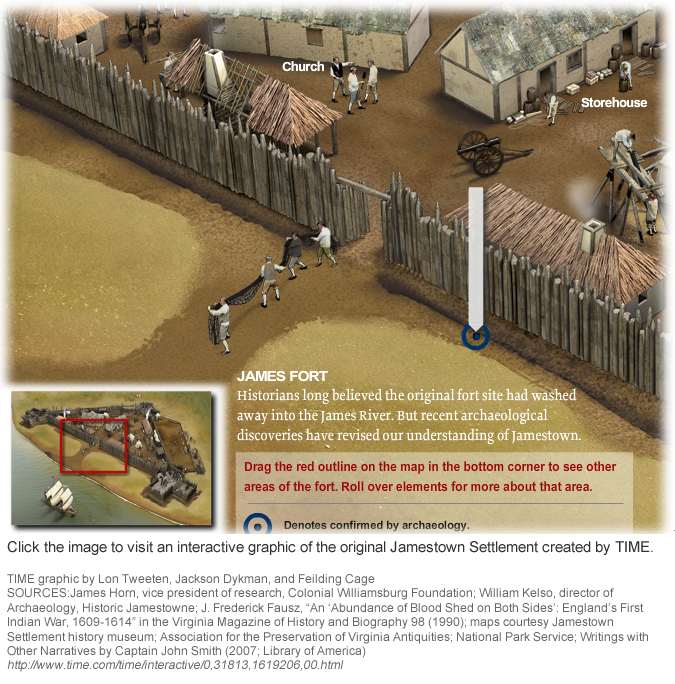Main Content
Lesson 1: Origins and Context of U.S. Homeland Security Law
Homeland Security Law
Homeland Security Law consists of a complex body of Constitutional provisions, legislative enactments, executive regulations and directives, and judicial decisions designed to ensure protection from man-made attacks or natural disasters since 1789. The constant trade-off between ensuring security while preserving individual freedoms has been a key factor in the relationship between the citizens and the governmental controlling authorities since 1789, or 1776, or even 1607, depending on how vital interests such as survival, prosperity, and values are perceived. It certainly was very much on the minds of the signers of the Declaration of Independence, as well as the framers and ratifiers of the Constitution, and it has concerned decision makers at the federal and state level ever since. The deep-seated sense of entrepreneurial freedom, coupled with those unalienable rights expressed in the Declaration and made the supreme law of the land in the Constitution, has become an integral attribute of the U.S. view toward security and the role of government in providing it. The lack of imagination in applying the firewalled instruments of statecraft relevant to the terrorist attacks of 2001, or the inept coordination of the local, state, and federal response to the natural disaster of Katrina in 2005 certainly resulted in considerable laws, directives and court decisions concerning homeland security, but a cursory look at the broad treatment of that existential concept of security could go back as far as 1607, and the first settlement and creation of infrastructure on land that was to become the U.S.
Although the breadth and subject area of homeland security law is very diverse, with the area of focus often shifting quickly, due to current events of both human and natural causes, it is obvious that the threats and challenges have been part of the nation’s environment since long before it’s founding. Thus, Homeland Security law arguably dates back to the Jamestown settlement in 1607, when the Virginia Company explorers first sought safety for themselves and their property, while establishing a foothold in an adverse environment already in the rightful possession of those inhabitants, who preceded them. The venture settlers quickly constructed a wooden fort to protect their initial infrastructure, which would consist of a church for their values, a store for their prosperity, and homes for their families, and to survive, out of the range of guns from Spanish ships on the Chesapeake Bay, and from imminent internal attacks from the local Algonquians. Those threats, plus starvation, bad weather, and various pandemics resulted in the issuance of stringent directives by the putative head of government, Captain John Smith, who inspired the settlers to assume the risks associated with an existence, ripe with conflict. Although they nearly succumbed to physical and spiritual failure, especially during Smith’s absence over the starving winter a few years later, they ultimately displayed great resilience and found the beneficial use of other means of perseverance, such as diplomacy, to enable co-existence with their erstwhile adversaries. They also created a representative assembly to meet, appropriately, in their church, with the greater goal of expanding that form of governance uniformly to the entire region of Virginia.

